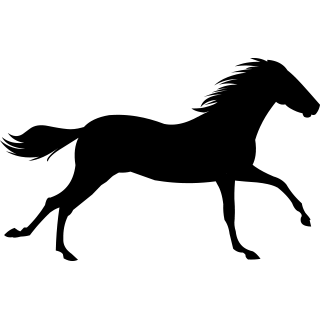Biosecurity Plan – Prevention and control of spread of disease
Centre protocol
Hygiene measures are implemented to maintain biosecurity and help with prevention of spread of equine infectious and contagious diseases.
In the event of confirmation of contraction of infectious contagious diseases, a communication plan will be adapted in agreement with Veterinary advice and will consider the following aspects:
- Staff and clients (human footfall)
- Possible routes of transmission
- If the disease is notifiable (required by law to be reported to government authorities)
- If the disease is zoonotic (can be passed from animals to humans)
- Facilitating competitions/events on site
- Any necessary restrictions upon horse movements on/off site
- Notify other Equestrian businesses/centres in the locality
A record is kept of horses that are isolated. The information comprises:
- horse details (name, owner details etc.)
- date of arrival into/leaving Isolation
- reason for Isolation
- background information
- veterinary visits (dates/notes)
- medication, staff comments and initials
Isolation facility and procedure
All new horses that arrive to Hushwing Farm complete a livery form on arrival where details of previous livery are recorded. If this should arouse suspicion, the horse would be put into our isolation box, in the stallion pen, in the far corner of the site.
Due to the high turn over of holiday liveries and visiting schooling liveries, we operate a 2-week quarantine procedure for all horses coming in from outside the United Kingdom. They are stabled at Mary Maitlands yard in Newmarket until clear of any potential symptoms.
Preventative biosecurity measures
Staffing
- all staff are made aware of cleaning regimes in order to maintain good standards of yard hygiene, including use of PPE and washing hands etc.
- suitably experienced staff that are trained and proficient in biosecurity measures have designated responsibility to undertake the care and monitoring of health of any newly isolated horses
- separate, protective clothing and footwear is used when dealing with isolated horses
Horses
- horses isolated in a field have their own water supply and do not share this with other fields and or horses.
- visiting horses will be stabled/field kept away from resident herd
- visiting horses will have had appropriate vaccinations and be accompanied by their equine passport to evidence currency (as required)
- there is restricted access to isolation area eg no public, specific staff
- sharing of equipment between horses eg grooming kits, water buckets, haynets, rugs is avoided.
- All resident horses will be vaccinated
- materials/equipment in contact with isolated horses are cleaned and disinfected between use with a Defra approved disinfectant and is stored separately
- potential contaminated waste materials are separately disposed of via our contract with Colchester borough council
- routine daily health monitoring of new horses will be undertaken with any concerns being reported appropriately
In the event of an outbreak
Increased biosecurity measures, barrier nursing (taking extra precautions to ensure the disease cannot spread) will be undertaken to help contain any diseases and minimise spreading within the yard and beyond.
- Horses showing signs of infectious or contagious disease e.g. cough, coloured nasal discharge, fever (>38.5oC), skin lesions (e.g. ringworm) will be isolated immediately
- Appropriate staff will be allocated with direct responsibility
- The horse(s) will be placed in strict quarantine and isolated with a boundary of 20m “airspace” in an area where there is not contact with other horses
- Veterinary advice will be sought and followed
- The horse will be monitored with regards to TPR, appetite and any adaptations to diet/exercise will be made
- The effected horse will be cared for after non-infected horses to reduce the likelihood of disease transmission.
- All horses on the yard will have increased monitoring through observation and taking temperatures - ensuring thermometers are disinfected between horses
- A record of dates and names of horses that have had contact with the isolated horse will be made and these will be considered as potential ‘risk’ horses (as next point)
- A traffic light system will be implemented – colour code horses into groups eg: Red for those that have had direct contact with the ill horse, Amber for those that have been near the ill horse, Green for those that have had no contact with the horse
- Veterinary advice will be sought and followed on any retesting for clearance (depending upon situation) and returning to routine management
- Overalls will be worn to care for the isolated horse, with full barrier nursing in place.
- All equipment will be disinfected after the incident has been resolved
- The isolation stable will be thoroughly cleaned and disinfected with a Defra approved disinfectant and the bedding appropriately disposed of
